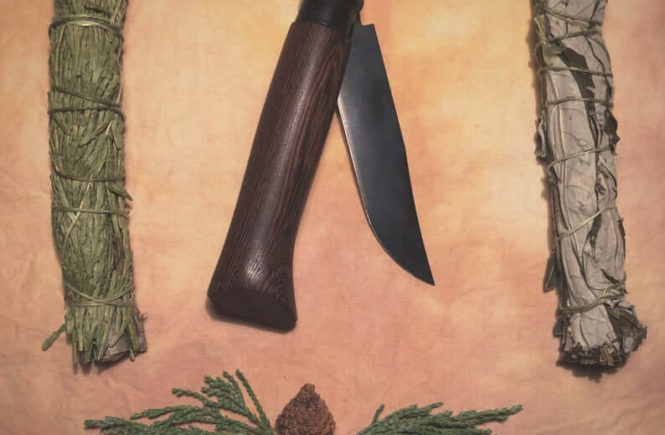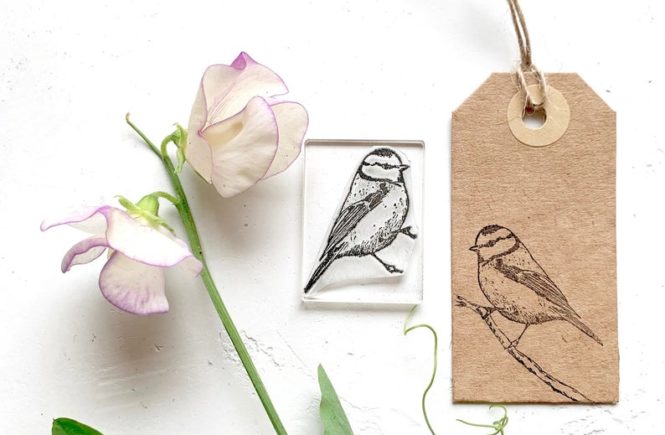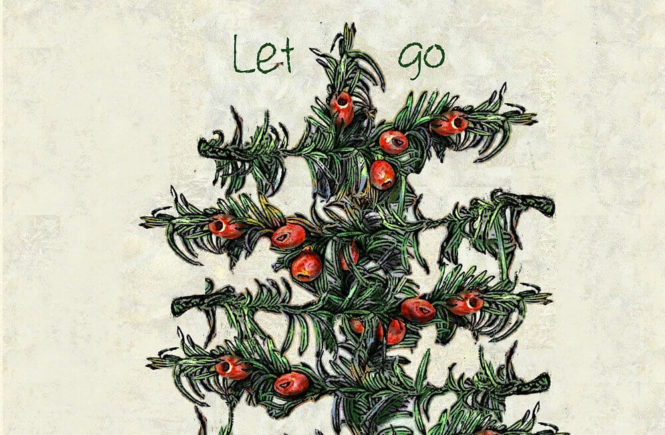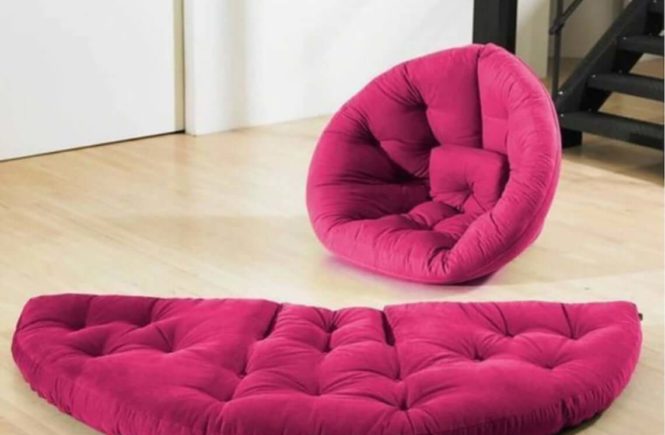[vc_row][vc_column][vc_message]Niche : Home and Living
Shop link : https://www.etsy.com/shop/JuniperStained
Instagram : https://www.instagram.com/juniper_stained/[/vc_message][/vc_column][/vc_row][vc_row][vc_column][vc_column_text]
Tell us something about yourself, how did you get started, do you consider yourself a crafter, maker, artist…
My name is Hunter, and I am a natural dyer based near Denver, Colorado! I have always considered myself an artist who is constantly seeking new ways to express myself creatively. My newest venture, Juniper Stained, is my journey through the expansive and historical world of dyeing with natural ingredients! I don’t remember what exactly got me interested in this craft, but when I made my first batch of dyes with blueberries, I was instantly hooked! The vibrant colors that our planet naturally produces are simply astounding! Since the ingredients, I work with are natural, they have helped foster a way for me to create in a sustainable medium with the added bonus of being able to share this craft with others!
How did you discover Etsy? Did you have any previous experience in selling handmade products? Why did you start selling online?
I have known about and shopped on Etsy for years, but I never considered opening up my own shop until earlier this year. My mother also runs an Etsy shop (ColoradoMtnChick) and provided me with the basics of selling on Etsy.
[/vc_column_text][/vc_column][/vc_row][vc_row][vc_column width=”1/3″][vc_single_image image=”100003848″ img_size=”737×737″ onclick=”link_image” css_animation=”appear” bb_tab_container=””][/vc_column][vc_column width=”1/3″][vc_single_image image=”100003847″ img_size=”737×737″ onclick=”link_image” css_animation=”appear” bb_tab_container=””][/vc_column][vc_column width=”1/3″][vc_single_image image=”100003846″ img_size=”737×737″ onclick=”link_image” css_animation=”appear” bb_tab_container=””][/vc_column][/vc_row][vc_row][vc_column][vc_column_text]
What products do you sell, what type of materials are used in your creations, how do you design your products, what makes your products stand out?
I sell basically everything I dye, which includes fabric for other crafters, beeswax wraps, T-shirts, and tapestries so far! I am continually looking for new items to add to my shop, which means it is not uncommon to find new items! I do make my own dyes from natural ingredients and use those to dye primarily on cotton and muslin fabrics.
How was your experience in learning to craft, are you self-taught or did you have a mentor, how long did it take for you to be satisfied with your creations?
I prefer teaching myself new crafts, which is where tie-dye comes into the picture. I started by just randomly tying fabrics and mixing colors to see what kind of result I would get. Eventually, I found myself having decent control over what the final product would look like. It was nearly instantaneous for me to fall in love with my creations. Even if they don’t turn out how I expect, they still end up looking great! Every piece turns out unique!
What was your original goal when you opened up an Etsy shop? What impacted your decision to start selling online? Do you consider online selling as a side-job, full-time job, or extra income to pay for your hobby?
I consider Juniper Stained to be a side-job. It does require multiple days to make most of my pieces, which requires a lot of scheduling around my other job. My initial goal was to provide a natural alternative to synthetic dyes for other crafters, which was broadened to include others who are seeking plastic alternatives (beeswax wraps) and less harsh and harmful clothing.
Did you have any fears or reservations before opening up your Etsy shop? Were you worried about profitability or product competitiveness? What are some concerns and questions you had before you got started? How did you overcome them?
I was initially worried about standing out from my competition on Etsy because I am still new to the craft and the industry, but I found that my product is unique! There are not many other shops that also do natural tie-dyeing outside of clothing. I decided the best way to help myself stand out would be to be bold with my color palettes and create a product that is truly one of its kind!
How long did it take for you to get your first sale? Did you ever think you would make a lot of sales in the first year? What was the goal you were hoping for? How many sales an average you get per week?
My first sale happened on my opening day! Luckily, I have a supportive family which played a large role in getting me off of the ground! At the moment, I tend to get 3-4 sales a week, which is way further than I was expecting to be at this point!
Do you have a job outside Etsy? If not, are you able to commit full-time to online selling? How does your typical day look like? How do you manage time?
I also work full-time in the bakery at Whole Foods. I do my best to be available to work on the shop as much as possible outside of my job, but I have a large chunk of my schedule dedicated to Whole Foods. I try to keep time management pretty simple by planning days for making products or focusing on making/updating listings and updating my social media.
How does your manufacturing process look like for e.g. your best selling product? Do you create products ahead of the orders? Do you customize your products, if so how? What are the tools that you are using in the manufacturing process?
Like I said natural dyeing can be a fairly lengthy process and it can vary greatly depending on the individual dye. For this, I’ll talk about the process behind my favorite ingredient, black beans! the process for getting black bean dye is simple, just requiring a 24-hour soak, and I get a very diverse dye from this. I’ll then mordant my fabric with alum, which helps the dyes bind to the fabric, producing a more vibrant color. Now for the fun part of actually dyeing! Black beans are very pH sensitive which allows me to change the color from blue/purple to red or green. I will usually split the dye up into squeeze bottles and make a couple of different colors. Finally, it’s time to tie and dye!
What is the biggest impact on the profitability of your shop? How expensive are the materials you use? How do you price your products?
For the most part, my materials are fairly cheap. I source most of my ingredients from another Etsy shop, and I feel like I definitely get what I pay for. Cotton, however, can be a lot more complicated because prices can vary and shipping isn’t always reliable. Generally, I price my items at cost, then average shipping costs and labor to be represented across all products. Overall, the final price tends to lend 20-30% above the cost of producing the product.
What inspires you when you’re creating? How do you get ideas for new products? What are some methods or tools you use to get creative?
The ingredients themselves tend to guide me in my creative process. I’ll find a color palette to work with, then I experiment with various techniques to blend and highlight the colors. It isn’t uncommon for it to be a random process, especially as I learn new tying techniques.
Do you ship your product internationally? How do you handle postage pricing? What is the average time it takes from the order to the delivery? Do you use free shipping? If so, why? How do you package your products?
I do offer worldwide shipping and free shipping in the United States! Postage pricing is factored in when I price my products. So far, I’ve kept my packaging simple. I will wrap the product in tissue paper and a ribbon (for bundles), then everything goes into a poly mailer. I am working towards shifting to plastic-free packaging, however!
Are you worried about competitors? Does it impact your business in any way? If there are a lot of similar products, how do you make your own stand out?
At the moment, I am not too worried about competitors and am working to build connections with other crafters in the same field. The thing that helps me stand out is how I play with color. I work with multiple colors on most of my products and with the sensitive nature of most natural dyes, they interact in ways that you would not expect!
How do you deal with disputes or bad ratings/feedback? How do you manage presale and post-sale communication and customer satisfaction?
Personally, I haven’t had negative feedback yet, but it is not something I am new to. I love working with clients to help me improve my craft and supply the best product I can!
Has selling on Etsy changed your life in any way? If so, how? Did you ever think you would get this far with your shop? Have you ever been stressed about dealing with customers and manufacturing products? How did you deal with that?
Etsy has been great for me! Not only do I get to sell my product, but I also get to support other small and local businesses from the perspective of another small business! I do not get to dedicate as much time as I would like to in order to be present on social media and creating products on a consistent schedule, but that goal motivates me to work as often as possible!
How important is social media for your shop? What are some common tactics you use to promote your products? Do you spend money on ads outside of Etsy? How do you generate excitement/hype around your products?
I believe that social media is crucial to bring traffic to your shop as well as showcase your product! I have advertised on Instagram before, and I personally don’t think it’s worth the cost for views. I think it’s more important to contribute to the community directly!
What are some things you don’t like about Etsy? If you could talk to the CEO of Etsy what recommendations would you tell him to improve sellers and customer satisfaction?
I am still fairly new to the selling side of Etsy, but my main complaints come down to internal sources for product and financial management. For example, there is no inventory management in Etsy as far as I am aware, which makes it more difficult to plan production days. I would be more curious to ask about the advertising algorithm so that I can learn more about when and where my product is advertised.
[/vc_column_text][/vc_column][/vc_row][vc_row][vc_column width=”1/3″][vc_single_image image=”100003845″ img_size=”737×737″ onclick=”link_image” css_animation=”appear” bb_tab_container=””][/vc_column][vc_column width=”1/3″][vc_single_image image=”100003844″ img_size=”737×737″ onclick=”link_image” css_animation=”appear” bb_tab_container=””][/vc_column][vc_column width=”1/3″][vc_single_image image=”100003843″ img_size=”737×737″ onclick=”link_image” css_animation=”appear” bb_tab_container=””][/vc_column][/vc_row][vc_row][vc_column][vc_column_text]
What are some things you did to set your shop for success on Etsy? What is one lesson you learned the hard way?
I have been working to develop my shop to provide information about natural dyeing because it is such an expansive craft with many subtle and interesting aspects. My next goal is to increase the diversity of my product by learning about new materials to make my shop more appealing to a wider audience.
What piece of advice would you give to new or established sellers or those considering selling on Etsy? How can they avoid beginner mistakes?
I pay attention to the feedback I am getting and work to improve based on these. Being open to constructive criticism is the key to learning what needs improvement. I believe taking some time to reach out to potential customers and other crafters play a key role in growing a small business.
[/vc_column_text][/vc_column][/vc_row]




